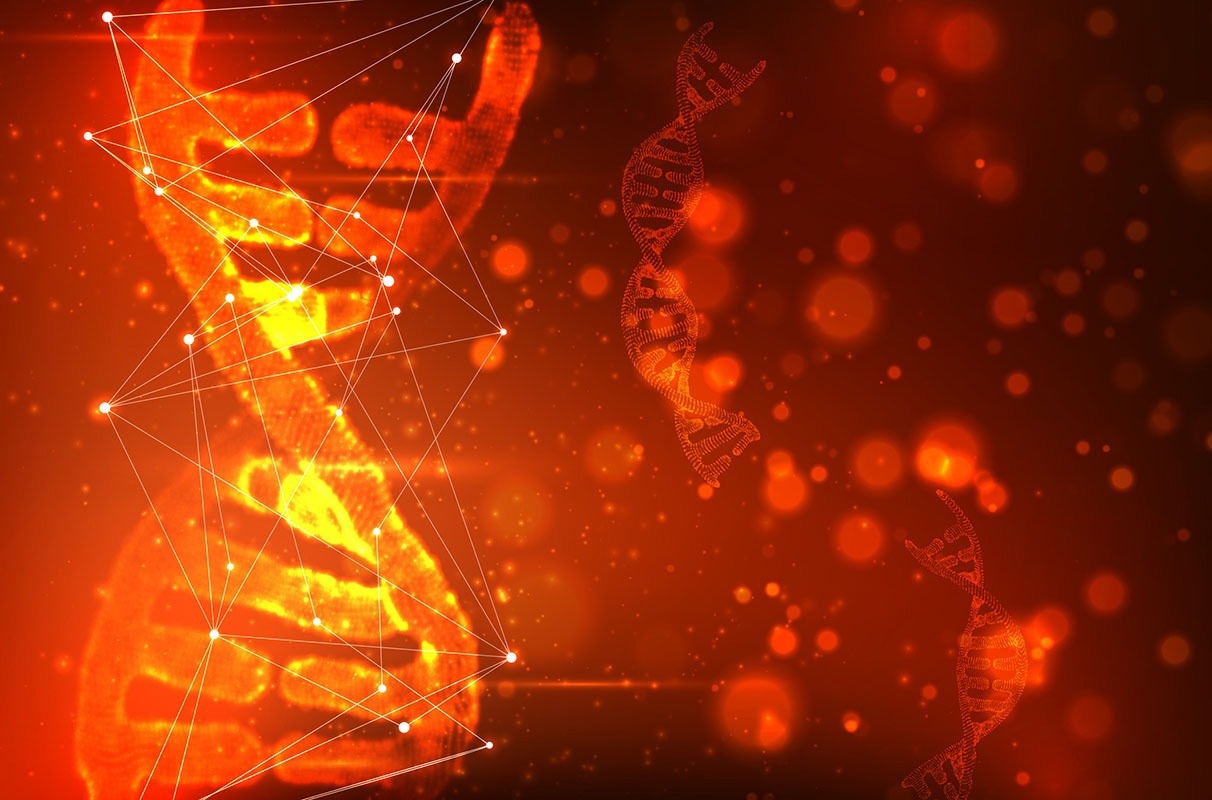Reviewed by Danielle Ellis, B.Sc.Apr 18 2023
Scientists from Washington State University (WSU) determined the expression of the gene, named Arrdc5, in the testicular tissue of pigs, cattle, mice, and humans. When the gene present in mice was knocked out, it caused infertility only in the males, thereby affecting their shape, sperm count, and movement.

Image Credit: Alex Sholom on iStock.
The scientists elaborated their findings in the Nature Communications journal.
The study identifies this gene for the first time as being expressed only in testicular tissue, nowhere else in the body, and it’s expressed by multiple mammalian species. When this gene is inactivated or inhibited in males, they make sperm that cannot fertilize an egg, and that’s a prime target for male contraceptive development.”
Jon Oatley, Study Senior Author and Professor, School of Molecular Biosciences, Washington State University
While other molecular targets have been determined for possible male contraceptive development, the Arrdc5 gene is particular to the male testes, and it is present in multiple species. Significantly, lack of the gene also results in considerable infertility, thereby making a condition known as oligoasthenoteratospermia or otherwise called OAT.
This condition is known to be the most common diagnosis for human male infertility and exhibits a reduction in the amount of sperm produced, delayed mobility, and twisted shape so that the sperm are incapable to fuse with an egg.
In the WSU study performed, the male mice missing this gene generated around 28% less sperm that shifted 2.8 times slower compared to normal mice—and around 98% of their sperm consisted of mid-pieces and abnormal heads.
For normal production of sperm, the study denotes that the protein encoded by this gene is needed. Oatley’s research group will further work on developing a drug that would hinder the function or production of that protein.
Hormonal interference is not required to disturb this protein, which is normally a main obstacle in male contraception as testosterone plays other roles over sperm production in men, including muscle strength and building bone mass as well as red blood cell production. Also, developing a drug to target this protein would make it simply reversible as a contraceptive.
You don’t want to wipe out the ability to ever make sperm —just stop the sperm that are being made from being made correctly. Then, in theory, you could remove the drug and the sperm would start being built normally again.”
Jon Oatley, Study Senior Author and Professor, School of Molecular Biosciences, Washington State University
A provisional patent has been filed by Oatley and the study’s first author Mariana Giassetti for the development of a male contraceptive depending on this gene and the protein that it has encoded.
Oatley stated that since the gene is discovered throughout the mammalian species, this awareness also holds promise for use in animals. The research group examined the available biological data on DNA and protein sequences in mammals and discovered the gene in nearly every familiar mammal species.
This sets the stage for the potential to come up with male contraception for use in livestock, probably substituting castration in a few instances as a method to control reproduction and in wildlife when managers seek to restrict the overpopulation of a species.
But the initial focus is on providing humans with more control over their reproduction. While there are several forms of birth control available for women, they are not frequently effective or extensively available, and over half of the pregnancies throughout the world are still unintended, as per the United Nations.
Developing a way to curb population growth and stop unwanted pregnancies is really important for the future of the human race. Right now, we don’t really have anything on the male side for contraception other than surgery and only a small percentage of men choose vasectomies. If we can develop this discovery into a solution for contraception, it could have far-ranging impacts.”
Jon Oatley, Study Senior Author and Professor, School of Molecular Biosciences, Washington State University
This study received financial support from the National Institutes of Health and WSU’s Functional Genomics Initiative, a multi-year university investment to aid the development of genetic technology research.
Source:
Journal reference:
Giassetti, M. I., et al. (2023) ARRDC5 expression is conserved in mammalian testes and required for normal sperm morphogenesis. Nature Communications. doi.org/10.1038/s41467-023-37735-y.